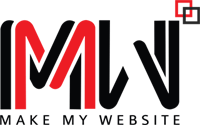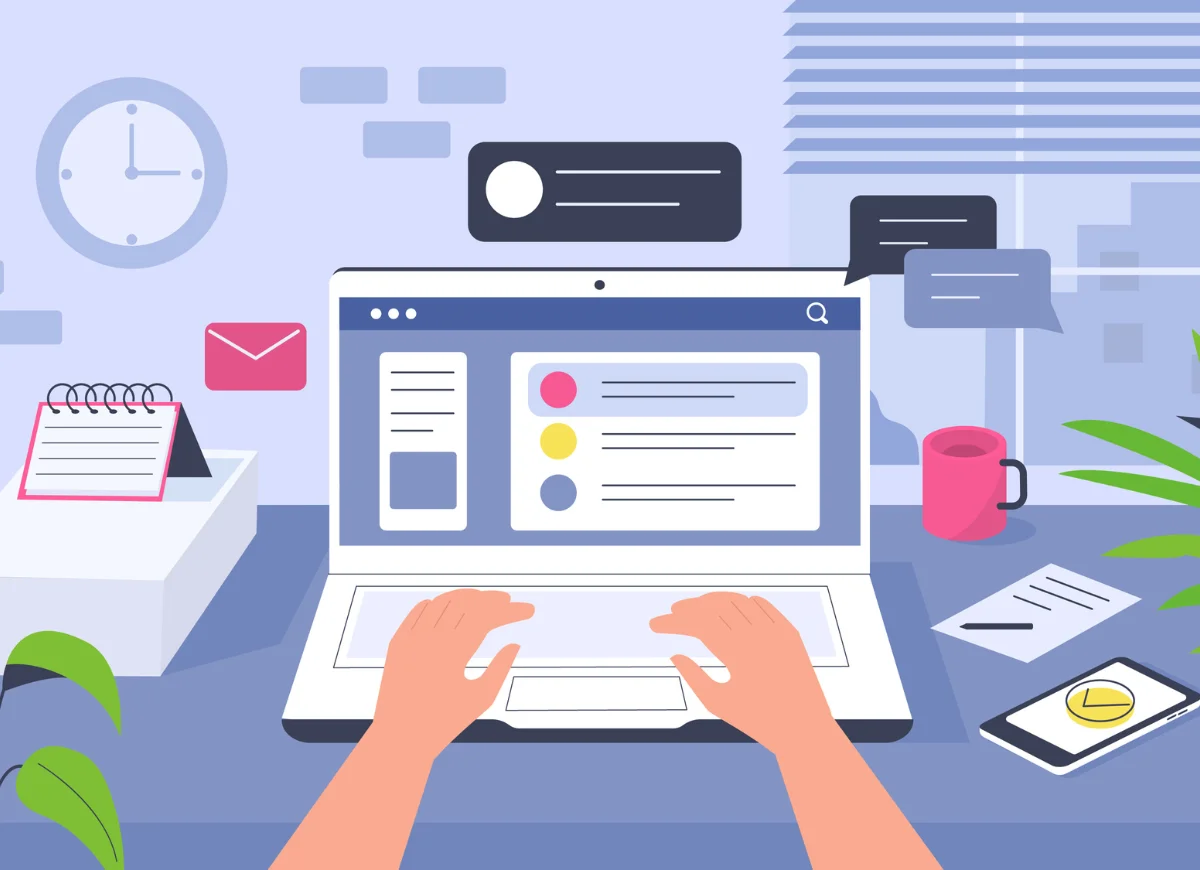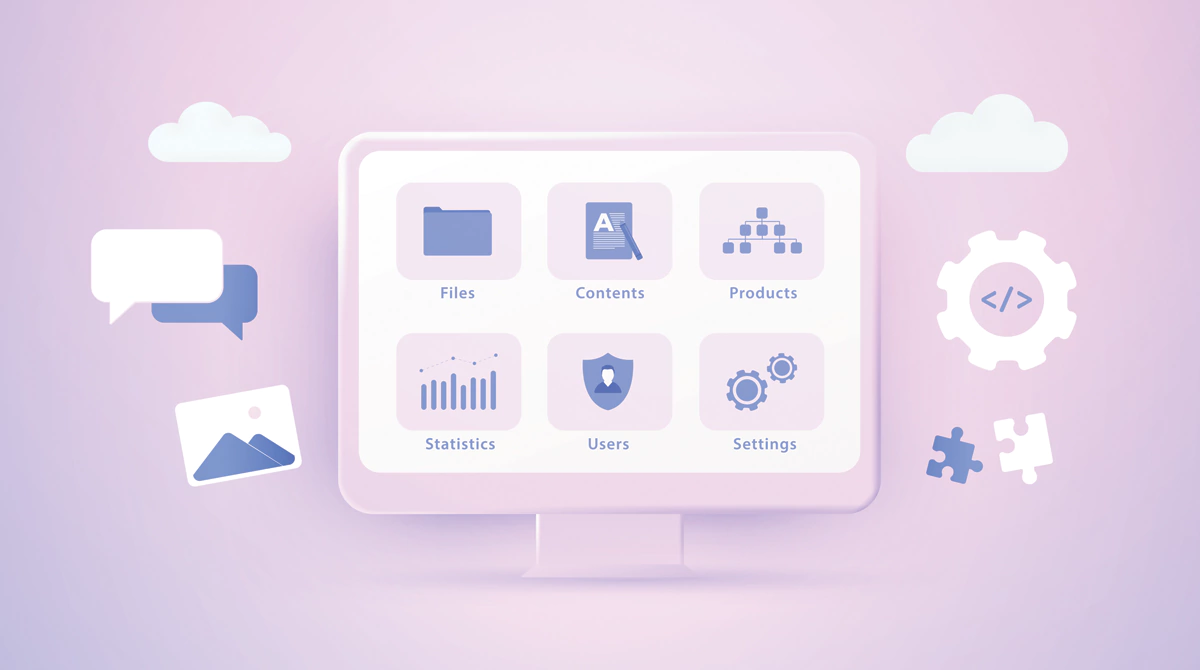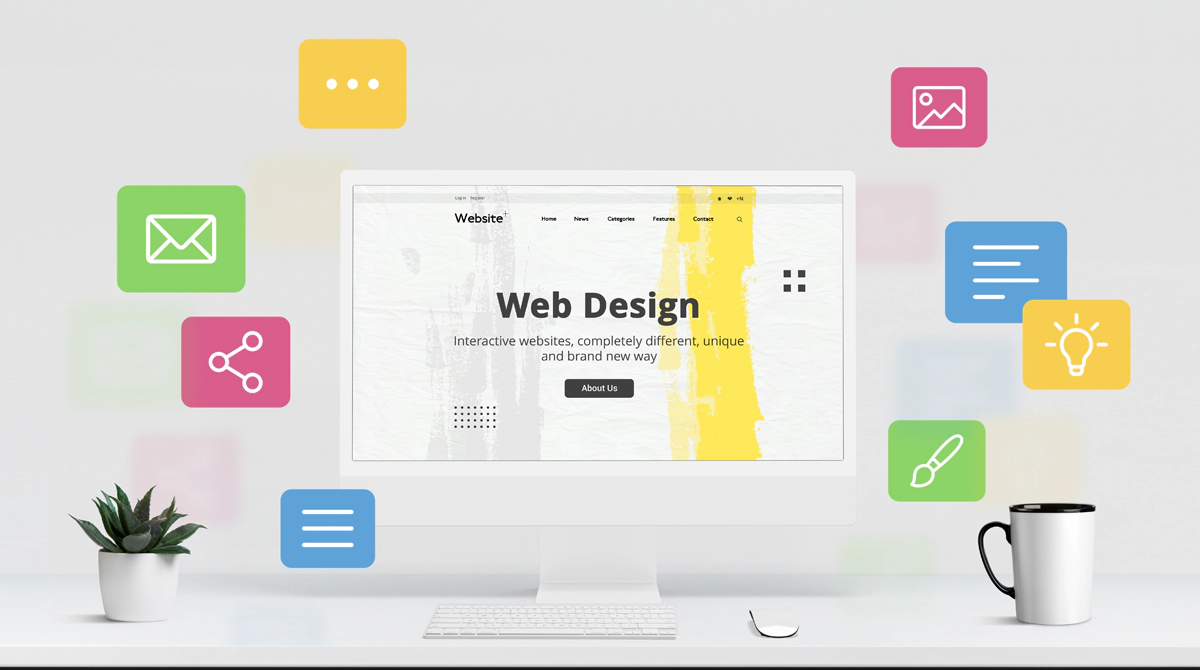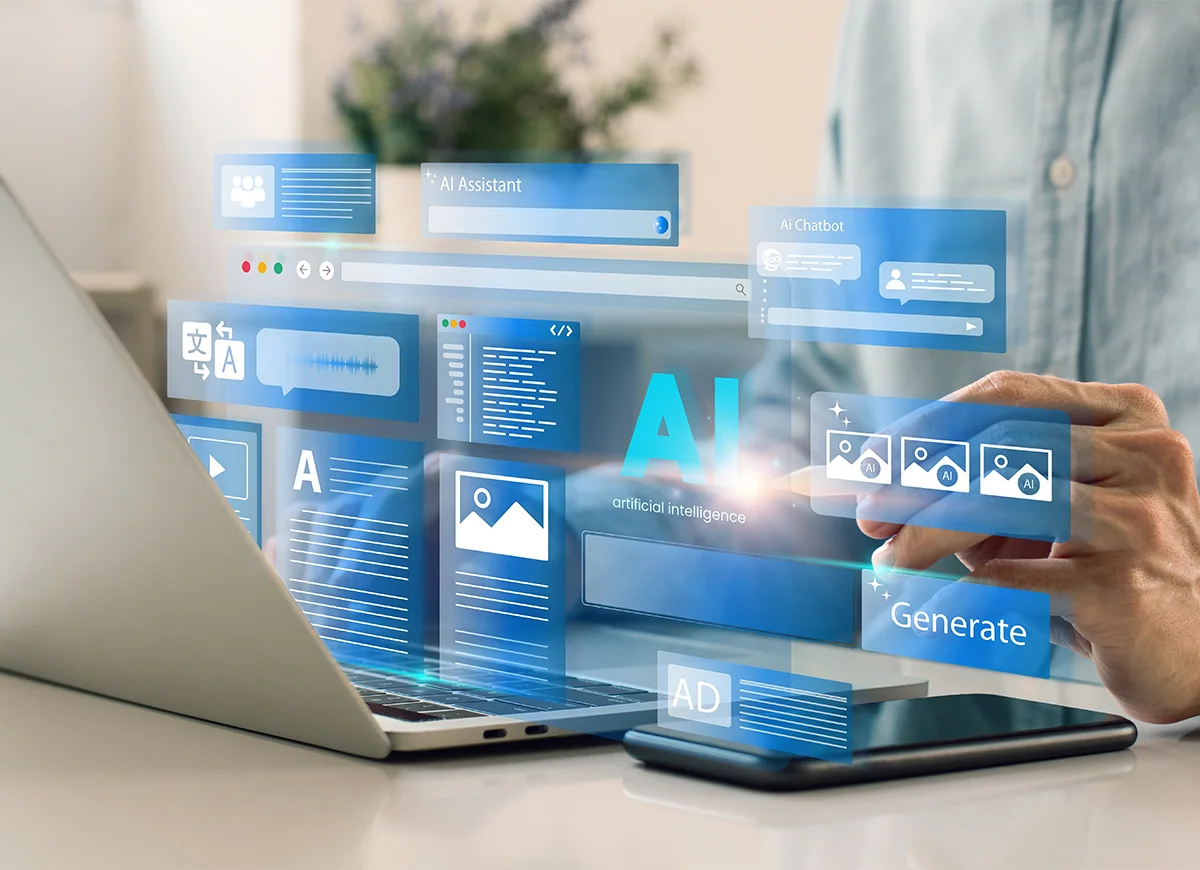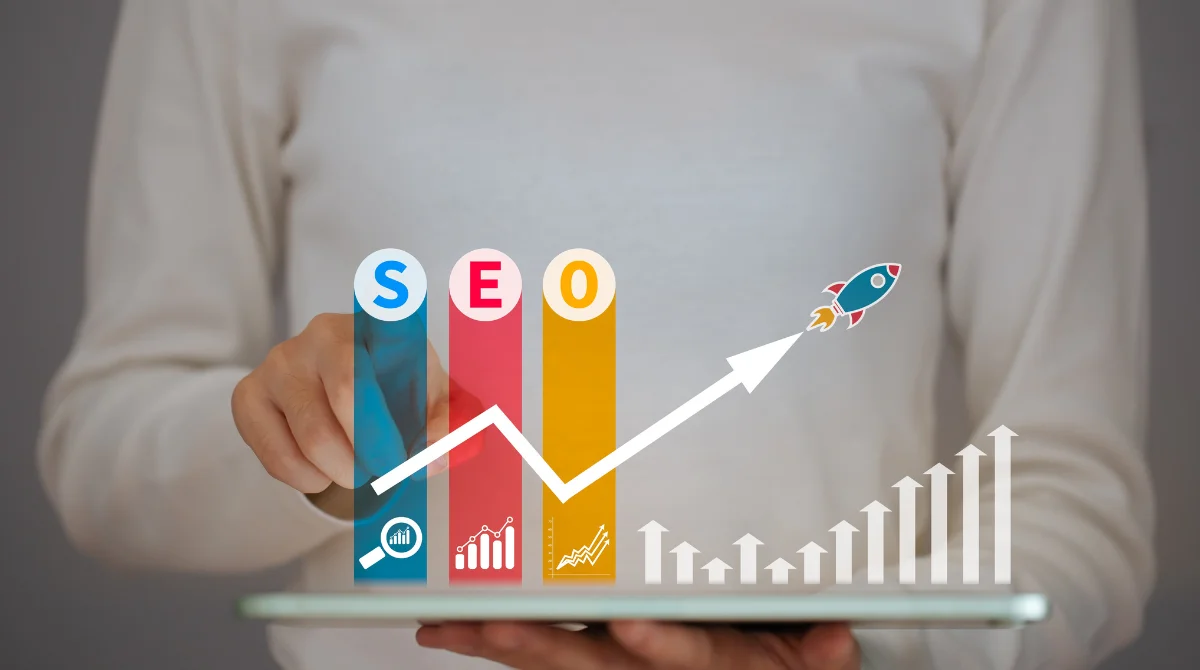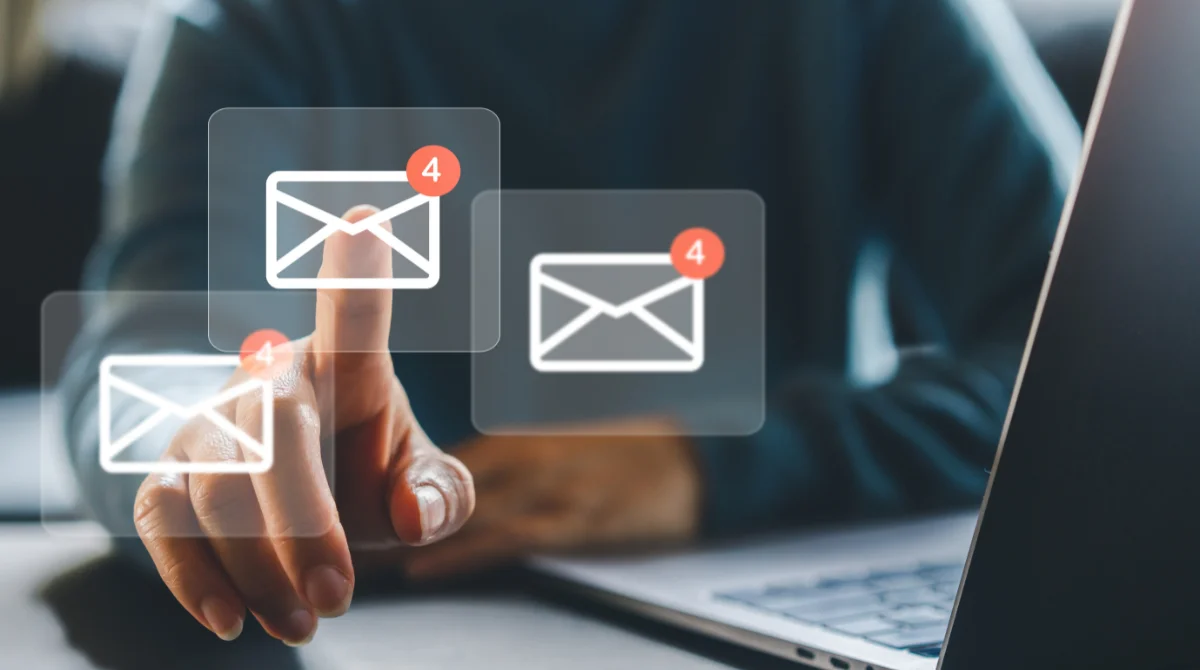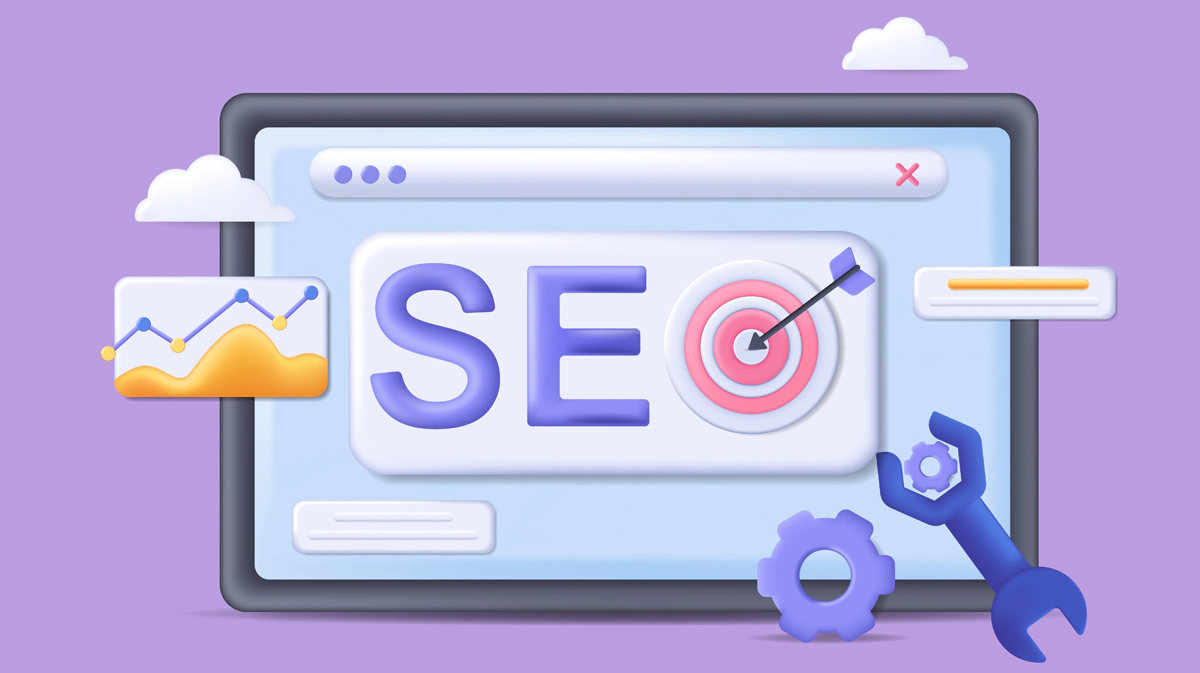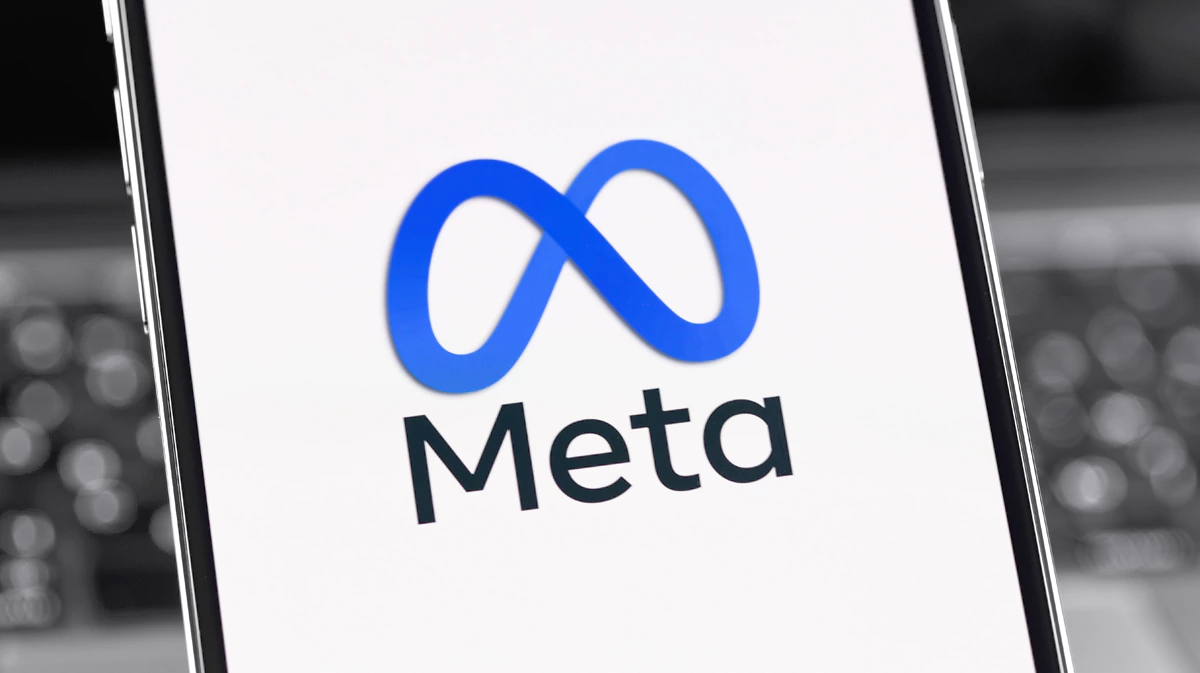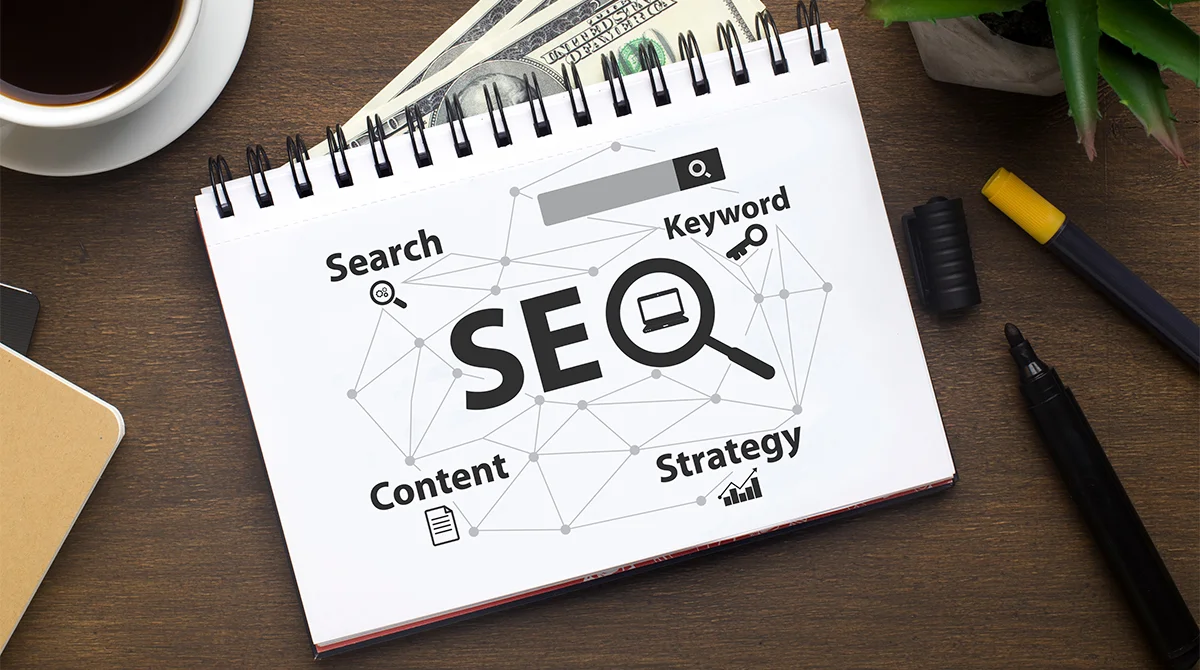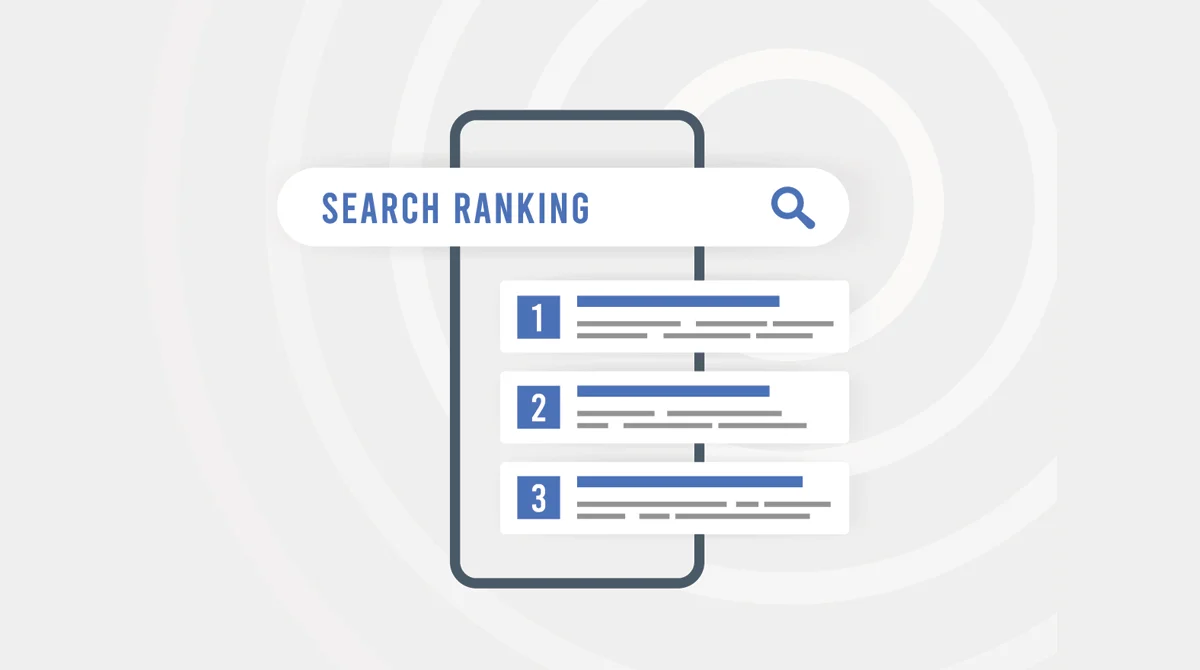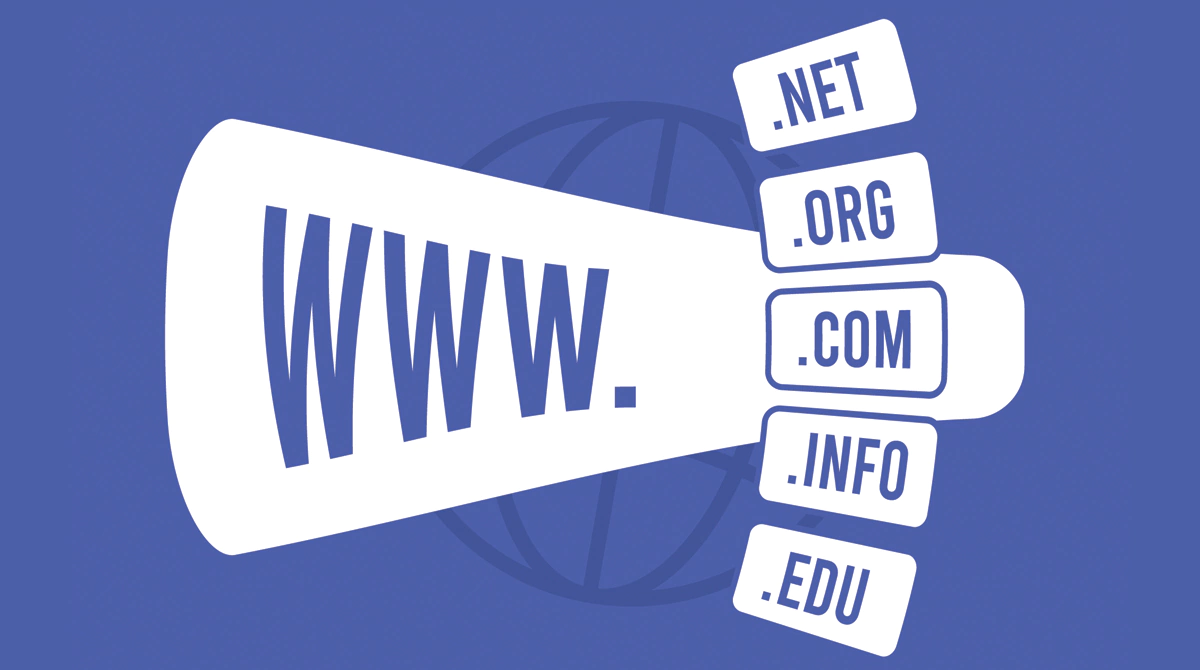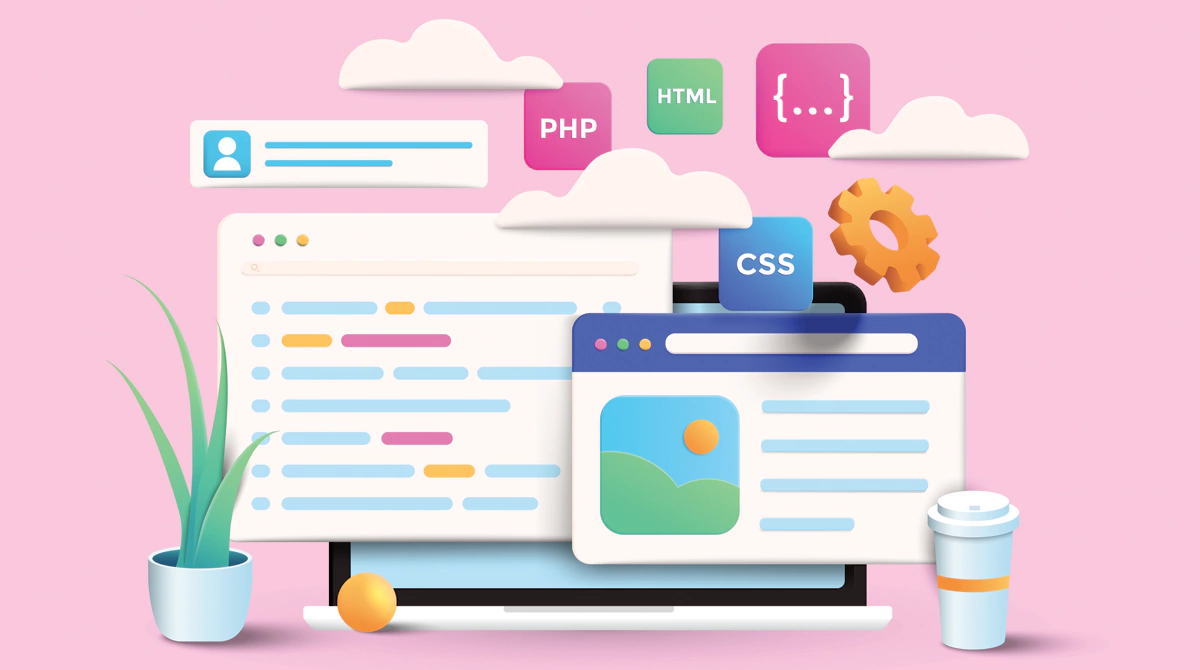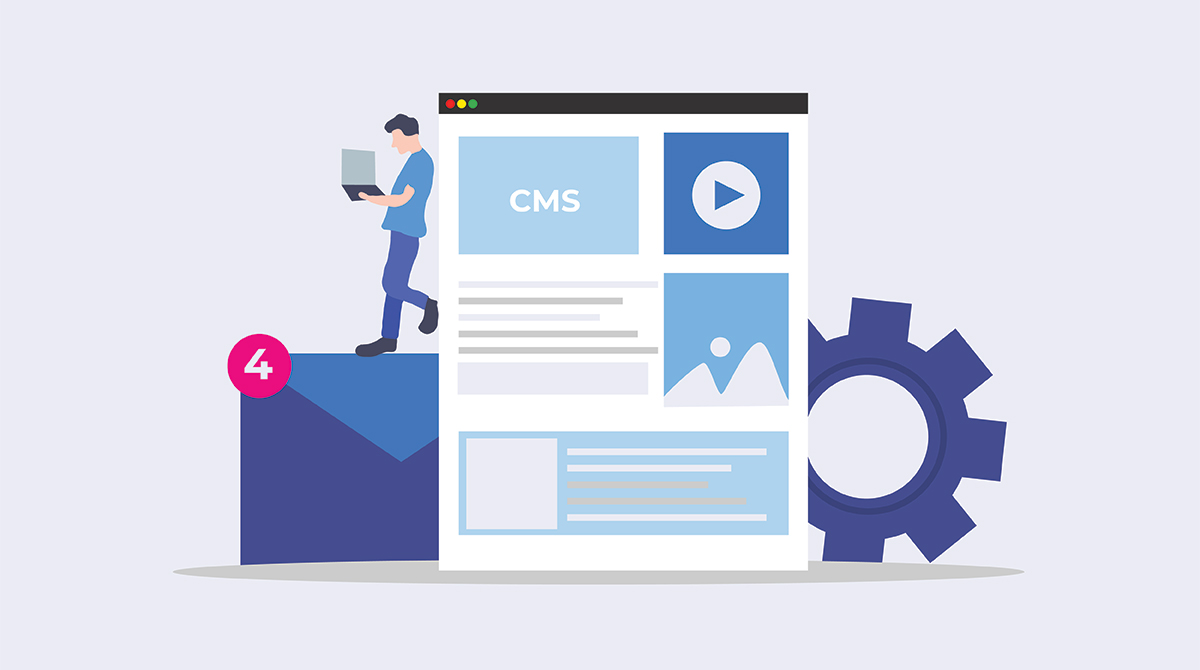Static websites struggle to keep users engaged in today’s quick-moving online world. Visitors often leave these sites quickly, not getting involved with the content or doing what the site wants them to do. In a competitive online world, a website that fails to connect with users can hinder a company’s success. Web animation is a solid tool to fix these problems. By changing static designs into lively, interactive experiences, animation grabs people’s attention, helps them understand the content, and makes the brand memorable. This post examines how animation makes websites more engaging and easier to use and helps build a strong brand identity.
Animation as a Tool for Engagement
Michelle Connolly from Educational Voice says that using animations in the right way can change a plain website into a fun, interactive one that shows a brand’s special qualities well.
You might be looking for the answer to what is the role of animation on the web? Remember, the web designers use animations to keep people interested and focused. These dynamic elements help guide people through a website’s information. They can make important details stand out, showcase products, or make the site look more attractive.
Use animations that trigger on appearance to draw attention to key elements.
Example: When a user scrolls to a picture of a product, the image slowly appears and gets a little bigger. This gentle movement catches the eye and makes the product stand out without being too much.
Well-designed animations make users happy and want to use the website more.
Example: Small movements when you move your mouse over buttons or menu choices make you want to click on them. More extensive animations can show a story or make complex ideas easily understood.
Use animations to engage users and encourage exploration.
Example: A product viewer that turns around when you move your mouse. This fun animation keeps users interested and lets them see the product from all angles.
But it’s essential to use only a few animations. However, using too many animations can make it hard for users to focus and enjoy the website. Careful use of animations ensures they enhance the website without causing distractions.
Design Principles and Animation
When adding animation to website design, following basic design rules is essential. These rules are balance, contrast, emphasis, rhythm, and unity. Animation can reinforce these rules and make the design more consistent.
Use animation to organise and prioritise content, guiding users to key information.
Example: On a home page, the main title could slide in from the left, then the supporting text could fade in, and finally, a button to take action could gently flash. This order of animations helps users understand what’s important and guides them through the page.
Balance in animation means distributing movement evenly across the page.
The design might look uneven if there’s less animation in one spot. Designers need to think about how animated parts work with the rest of the page to keep everything looking good together.
Use balanced animations across the page to maintain visual harmony.
Example: Make icons animate one at a time in a staggered sequence in a grid layout as the user scrolls instead of all at once. This creates balance and prevents overwhelming the user.
Using contrast in animations can emphasise specific elements.
Example: A subtle background animation paired with a prominent call-to-action button can effectively guide user focus.
Unity is achieved when animations align with the overall design style.
Consistent use of animation styles and timing helps create a unified user experience throughout the website.
Are you ready to advance your business in the digital world? We focus on making advanced website designs that match your growth and speed it up. Find out how we can change your online image.
Check out what we offer today!
Effects of Animation on Usability
Well-executed animations can make a website easier to use. They give visual clues, help explain changes on the screen, and make it feel like different parts of the site are connected.
Use animations to give users visual feedback on their actions.
Example: When a user clicks a form’s submit button, a spinning circle appears, and then it turns into a checkmark when the form is sent successfully. This animation clearly shows how the action is going and what happened.
Animations that show progress keep users interested while they wait.
Example: bars that fill up or spin symbols tell users that the website is still working, which makes the wait seem shorter and stops users from getting annoyed.
Create engaging loading animations for longer tasks.
Example: An imaginative loading symbol that shares a brand’s story or shows off product highlights while the content is being loaded keeps users interested and turns a possibly annoying wait into a chance to tell the brand’s story.
Smooth transitions between pages help users understand the relationship between different site sections. Smooth moves keep the user’s focus and make it easier to understand, which makes moving around the site more natural.
But animations can also make it harder to use the site if they’re not done right. Too many or badly timed animations can make things slower and upset users. It’s also essential to think about people who might be bothered by movement or use tools that need help understanding animations.
Related read: 10 Ways A Website Can Help A Small Business
Technical Aspects of Animation in Web Design
It is more important to understand why are animations good for websites. Website animations can be created using various methods with their own benefits:
CSS animations and transitions provide simple, effective ways to add movement. They’re widely supported and meet many animation needs.
Example: A button that changes colour and size on hover using CSS transitions.
JavaScript libraries like GreenSock (GSAP) or Anime.js offer more advanced features for complex, timeline-based animations.
Example: Using GSAP’s ScrollTrigger to create smooth, scroll-based animations on a homepage.
SVG animations are ideal for scalable graphics like logos and icons.
Example: A logo smoothly morphs between shapes, maintaining clarity on any screen size.
Optimising animations for performance is crucial, especially on mobile devices. This includes leveraging GPU acceleration and limiting simultaneous animations. By choosing the proper animation method and optimising performance, websites can enhance user experience without compromising functionality.
Animation and Website Identity
Animation is crucial for making a website stand out and easily recognisable. Unique animations can help people remember a brand and make the website unique.
Use animations that reflect the brand’s personality.
Example: A fun online store could use bouncy, cartoon-like animations when people add things to their shopping cart, while a high-end brand might choose smooth, gentle changes between pictures of their products.
Animated logos or loading screens give a chance to show what the brand is like.
Use dynamic logos to create a memorable first impression.
Use lively logos to make a great first impression.
Example: A logo for a tech company that comes together from floating bits as the website opens, showing creativity and change in the digital world.
Using the same kind of animation throughout a website makes the brand feel united. This includes small interactions, moving from one page to another, and more extensive animated parts.
Interactive Elements and Micro-Interactions
Micro-interactions are small animations that give feedback or guide user actions on websites or apps. They make interfaces feel more natural and easy to use.
Micro-interactions can improve website accessibility and user enjoyment.
Example: When clicked, a heart icon bursts into smaller hearts when clicked, confirming the action and creating a positive feeling.
Common micro-interactions include hover effects on buttons, responsive forms, and animated menus.
Though small individually, they collectively enhance user experience.
Many interactive elements use animation to show their function.
Example: When clicked, a “hamburger” menu icon transforms into an “X” when clicked, indicating its open/close functionality.
Animated data visualisations can make complex information more engaging and easier to understand.
Example: Chart bars grow to full size as they load, aiding comprehension better than static displays.
Concluding Thoughts: The Future of Web Design is Animated
To sum up, animation is vital in making websites that are interesting, easy to use, and stay in people’s minds. We’ve seen that carefully used animations are essential in today’s web design.
As the online world changes, the need for animation in web design will increase. Companies and designers who use animation well will be able to make websites that not only attract visitors but also convert them into regular customers.
Make My Website is an excellent choice for businesses in Australia wanting to use animation in their web design. We know a lot about what Australian markets need and what design trends are famous worldwide. We have the skills to create animated, engaging websites that connect with Australian audiences.
Our method mixes technical skill with imaginative style, ensuring that animations look great and work well on different devices. Our skilled designers and developers can create unique animations that match your brand’s personality, strengthening your online presence and helping you shine in the competitive Australian market.
When you pick us for your website needs, you’re not just getting a site – you’re putting money into an active, animated online journey that will grab your visitors’ attention, tell your brand’s story, and push your business ahead in the digital world.

